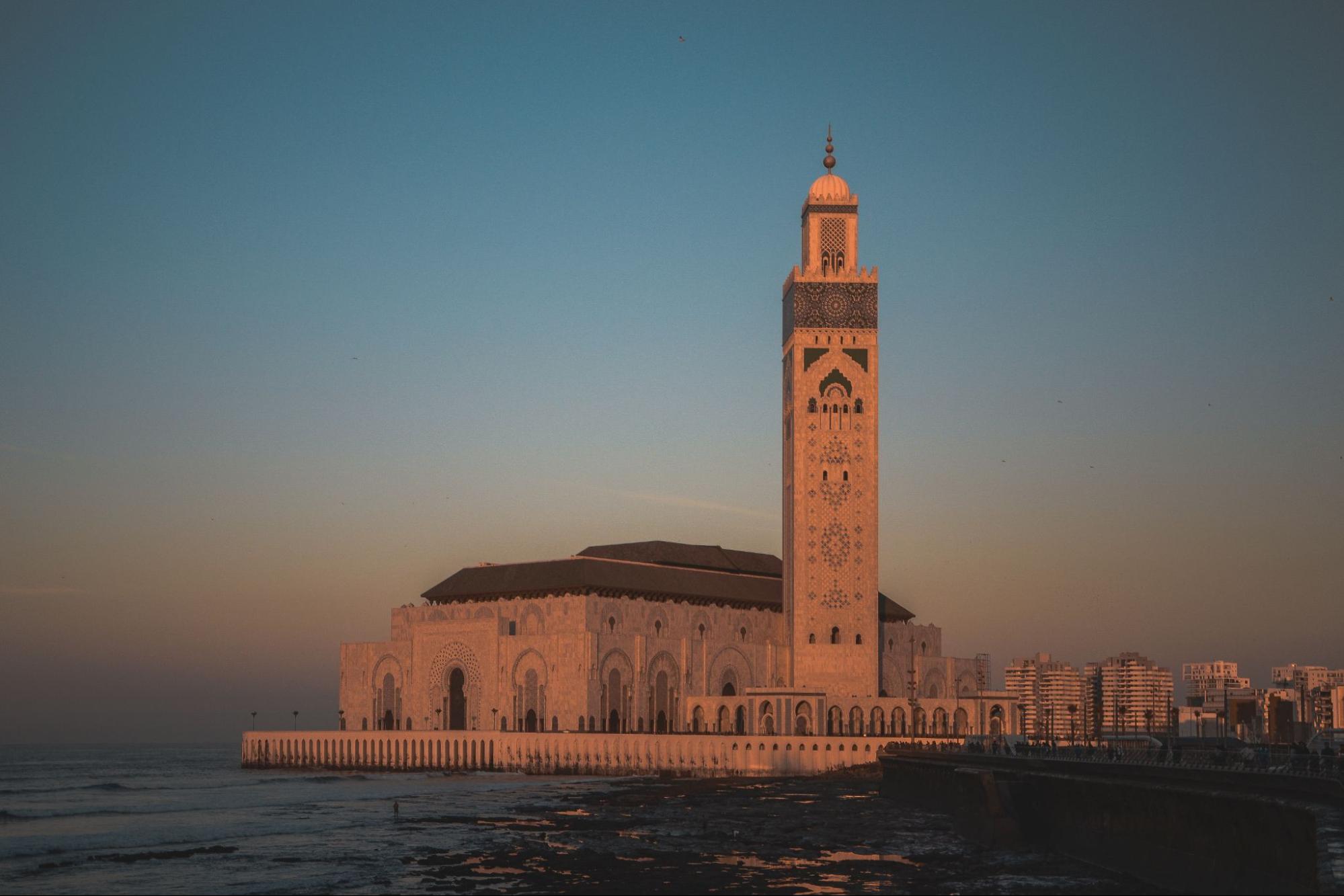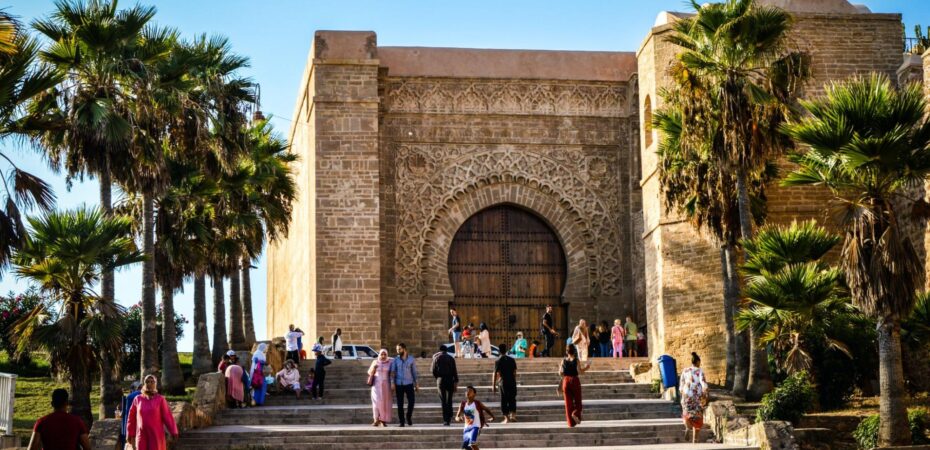Distance Between Spain and Morocco
Have you ever wondered how far apart Spain and Morocco are? As a travel enthusiast, I’m always curious about the distances between different countries and continents. And when it comes to Spain and Morocco, the proximity of these two destinations can be quite surprising. Located just across the Strait of Gibraltar, they are separated by only 14 kilometers (8.7 miles) at their closest point.
The close geographical proximity between Spain and Morocco has had a significant impact on their history, culture, and trade relations over centuries. The narrow stretch of water separating them has served as both a barrier and a bridge connecting Europe with Africa. This unique location has fostered cultural exchange and influenced architectural styles in both countries.
Now that we have an understanding of how close Spain and Morocco are to each other geographically, let’s delve deeper into the historical connections between these two vibrant nations. From ancient trade routes to modern-day tourism, there is much to explore in this fascinating crossroads where Europe meets Africa.
So pack your curiosity and join me as we embark on an exciting journey exploring the distance between Spain and Morocco!

The Geographical Location of Spain and Morocco
Spain and Morocco are two neighboring countries located in the southwestern part of Europe and the northwest region of Africa, respectively. Both countries have distinct geographical features that contribute to their unique identities.
- Distance: The distance between Spain and Morocco is relatively close, with only 14.3 kilometers (8.9 miles) separating them at their closest point across the Strait of Gibraltar.
- Strait of Gibraltar: This narrow strait connects the Mediterranean Sea to the Atlantic Ocean, acting as a natural boundary between Europe and Africa. It serves as a major shipping route and has significant geopolitical importance due to its proximity to both continents.
- Iberian Peninsula: Spain is predominantly situated on the Iberian Peninsula, which it shares with Portugal. This peninsula juts out into the Atlantic Ocean and is bordered by the Pyrenees Mountains to the northeast, providing stunning landscapes and diverse ecosystems.
- Atlas Mountains: On the other hand, Morocco boasts a varied topography dominated by the Atlas Mountains. These mountain ranges stretch across much of northern Africa, offering breathtaking views, fertile valleys, and opportunities for outdoor activities such as hiking and trekking.
- Coastlines: Both Spain and Morocco have extensive coastlines along their respective shores – Spain along the Atlantic Ocean in the west and Mediterranean Sea in the east, while Morocco faces both bodies of water as well but primarily borders the Atlantic Ocean.
- Climate: Due to their geographical locations, Spain experiences a Mediterranean climate with hot summers and mild winters while Morocco has a more diverse climate ranging from Mediterranean along its northern coast to desert climates in its interior regions.
- Cultural Exchange: The proximity between Spain and Morocco has facilitated cultural exchange throughout history, resulting in shared influences seen in architecture, cuisine, music, art forms like flamenco or Andalusian music styles influenced by Arabic and North African traditions.
In conclusion, the geographical proximity between Spain and Morocco, as well as their distinct natural features, have shaped their identities and fostered cultural and economic ties over centuries. These neighboring countries offer travelers an opportunity to explore a diverse range of landscapes, experience vibrant cultures, and witness the merging of European and African influences.


 By
By 




